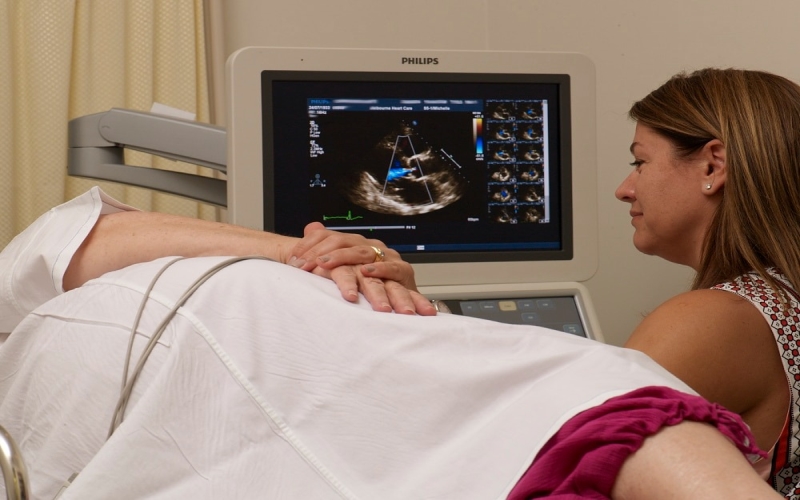A sudden chest pain, a rush of worry, and you find yourself in urgent care Pembroke Pines FL. The doctor orders an EKG, and you’re left wondering what those squiggly lines mean. Welcome to ‘Demystifying EKGs: Insights from a Cardiologist’. Here, we’ll break down the complex world of EKGs into simple, understandable insights. We’ll walk through the process, step by step, with the knowledge of a seasoned cardiologist. Let’s dive in and decipher the language of your heart.
What is an EKG?
An EKG, or Electrocardiogram, is a simple test that records the electrical activity of your heart. Think of it as a translator, turning the beats and rhythms of your heart into a language we can understand.
Why do doctors order EKGs?
Doctors order EKGs for a few reasons – to check for heart disease, to monitor existing conditions, or to check how well treatments are working. It’s a vital tool in the medical world, one that can potentially save lives.
Reading the Squiggly Lines
Those squiggly lines can look like a foreign language. But don’t worry, we’re going to decode them. Each spike, dip, and plateau corresponds to a specific part of your heart’s rhythm. A regular pattern indicates a healthy heart, while irregular patterns could suggest a problem.
The Anatomy of an EKG Strip
An EKG strip has five distinct parts: the P wave, the QRS complex, the T wave, the U wave, and the baseline. Each one tells us something different about your heart’s rhythm and function.
- The P wave represents the contraction of the atria, the upper chambers of your heart.
- The QRS complex represents the contraction of the ventricles, the lower chambers of your heart.
- The T wave represents the recovery, or rest, phase of the ventricles.
- The U wave, if present, is not fully understood but is believed to represent further ventricular recovery.
- The baseline is the flat line between waves. It shows when the heart is at rest.
How to Prepare for an EKG
Preparing for an EKG is simple. Avoid oily or greasy skin creams the day of the test as they can interfere with the electrodes. Wear clothing that allows easy access to your chest. And lastly, stay calm. Anxiety can affect the results of the test.
Wrapping Up
So there you have it. Demystifying the EKG isn’t so daunting when we break it down, is it? Remember, an EKG is just one tool in the medical field used to keep tabs on heart health. It’s important to speak with your healthcare provider about any concerns you may have. Your heart is your life’s rhythm. Let’s ensure it keeps beating to a healthy tune.

